Mod Description
Silver alloys, everyone has them so why not go for something different?Mod Details
PremiumNo Difficulty



 Mod ID434
CreditEvilution
Cost££120ish
For
Mod ID434
CreditEvilution
Cost££120ish
For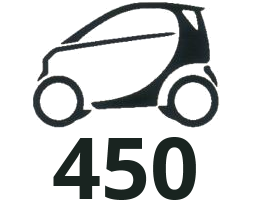
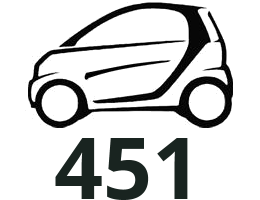
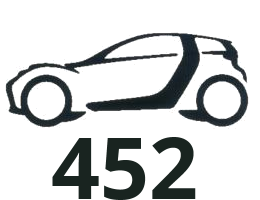
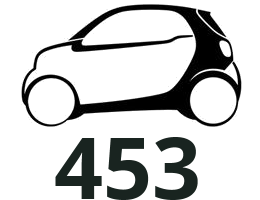
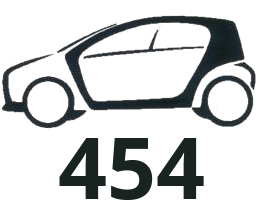 Linkhttps://www.evilution.co.uk/mod/powder-coating-or-painting-alloys.htm Copy to Clipboard
Linkhttps://www.evilution.co.uk/mod/powder-coating-or-painting-alloys.htm Copy to ClipboardWhen you buy alloys they tend to be silver. Who was it that decided that silver went with any colour car? For that little extra money you can have the alloys coloured to better match or contrast the car colour. Not only that, the coating applied to them helps resist corrosion which is a bonus if you have poor quality alloys like the Brabus ones. Powder coating
Powder coating is the process of applying an electro-statically charged dry paint powder and resin mixture to an electrically grounded piece of metal. The powder is drawn to the metal during the spraying process and the coating is baked on in a curing oven.
The alloys are dipped in an acid solution or shot/sand blasted to remove the lacquer layer. The required colour powder is sprayed onto the alloy wheel and baked. The baking process melts the powder coat to allow it to form a thick even coat over the whole piece.
The finished alloy wheel will be more scratch resistant than before, will resist corrosion, will not crack or flake like a paint finish but most importantly it will look great and won’t fade.


All four 16 inch alloys cost me £120 to powder coat and the alloys I had done 18 months ago still clean up with a wet cloth and come up sparkling. Brake dust just doesn’t stick.
Any Drawbacks?
If you damage an alloy or scrub the finish on a kerb/stone/pedestrians face you will have to have the whole alloy recoated, patching up isn’t really an option. Powder coating is susceptible to stone chips as the finish is more rigid.
layer immediately and in minutes, the entire piece will be oxidised.
Depending on who you talk to, it’s either fact or fiction. Powder coating companies say it’s nonsense and wheel refurbishers who spray wheels say it’s true. The truth is almost certain something inbetween.
We all know that heating metal makes it expand and the subsequent cooling makes it contract. The process of baking the powder coat does require temperatures of about 200 degrees C. This would affect and change the structure of the alloy, however, most of the time this wouldn’t be a problem.
The problem starts if there is an imperfection in the casting as baking the wheel can increase the imperfection. If the imperfection is bad enough, it can cause the alloy to fail in use, crack, split or shatter.
I’d say that rule of thumb is not to powder coat cheap-ass or old alloys unless you want to pay for an x-ray test.
Colour Options?
People initially think of primary colours when they think of powder coating, it has come a long way since then. Not only can you get any pantone colour you can choose matt, mid sheen or gloss. You don’t even have to go for smooth or standard colours.
You can now choose from metallic, clears, flats, veins, hammer tones, candies, holo flakes, glitters and wrinkles to name a few. The possibilities are nearly endless.
Painted Coatings
Just as you would normally have a car sprayed, the same can be done with the alloys. The lacquer coat is removed using wet and dry silicone carbide paper (or similar) and the new paint is applied in layers over the top of an undercoat. The paint finish is then covered with a laquer coat to protect the paint finish.
The paint finish offers more corrosion resistance but is less scratch resistant than powder coating. It can eventually crack and flake and can fade due to UV exposure.
The price is impossible to pin down as it depends on the paint being used and the preparation work needed to make each alloy sprayable.
Any Drawbacks?
Doesn’t offer any scratch protection and paint colours can differ between batches so if you needed to touch up a damaged alloy you could end up with a slightly different colour. Many paints don’t offer particularly good protection against UV which can cause colour fade.
Colour Options?
The good thing with paint is the colour options are limitless. Pearl, candy, flip, colour changing, metallic, heat reactive, chrome, glow in the dark! A good place to look is here.
Who Will Do It For Me?
Any powder coating shop or spraying company will do a set of alloys for you. Look in the yellow pages or online for local powder coaters or car sprayer and call them.


